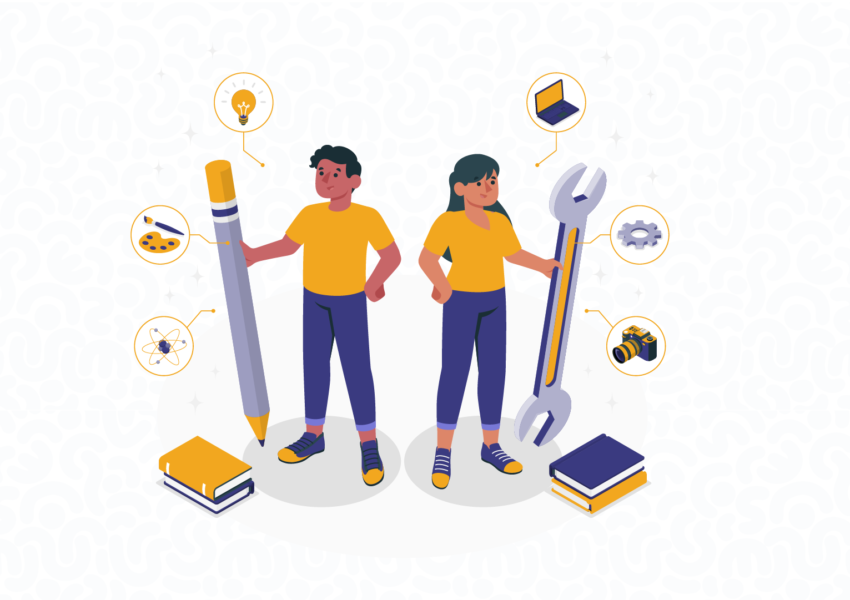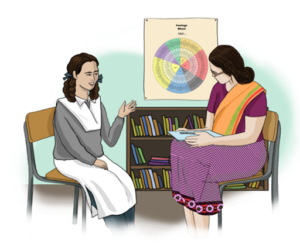
As educators, it is imperative to recognise that students have unique approaches to acquiring knowledge and skills. Tailoring teaching strategies to cater to different learning styles can significantly enhance the educational experience. Here are some practical tips for teachers looking to create a more adaptive and responsive learning atmosphere:
Inform Yourself & Other Educators:
The first step in catering to diverse learning styles is to understand them. Familiarise yourself and collaborate with fellow educators on the various learning styles. Each student brings a distinctive set of strengths and preferences to the classroom, from visual and auditory learners to kinesthetic and tactile learners. Stay informed about the latest research and pedagogical approaches that address these differences, fostering a holistic understanding of how students absorb and retain information.
Interact & Identify Learning Patterns/Difficulties:
Engage with your students personally to identify their unique learning patterns and potential difficulties. Regular interactions, informal assessments, and observation can provide valuable insights into individual preferences and challenges. Establish an open line of communication with your students, encouraging them to express their preferred learning styles and any difficulties they may face. This proactive approach creates a more supportive learning environment and enables you to tailor your teaching methods accordingly.
Integrate Concepts & Methods:
Once armed with a thorough understanding of your student’s learning styles, integrate various teaching concepts and methods into your lessons. Incorporate visual aids, hands-on activities, group discussions, and auditory cues to create a well-rounded curriculum that caters to different learning preferences. For instance, consider incorporating practical, real-world examples and applications that resonate with diverse learning styles if focusing on skill-based education. This integration ensures that every student can engage with the material in a way that suits their strengths and preferences.
Implement Ideas & Improve Based on Findings:
Implementation is a critical phase in addressing diverse learning styles. Act on the insights from interacting with students and applying varied teaching methods. Regularly assess the effectiveness of your strategies and be open to feedback from students and colleagues. This continuous improvement cycle allows you to refine your teaching approach, ensuring that it remains adaptable to the evolving needs of your diverse student body.
In a world where skill development is a cornerstone of education, catering to different learning styles is not just a pedagogical nicety but a necessity. By informing yourself, interacting with students, integrating diverse teaching methods, and consistently refining your approach, you can create a classroom that accommodates the unique needs of each learner. Embracing the richness of various learning styles is an investment in your student’s academic success and overall growth and development.


